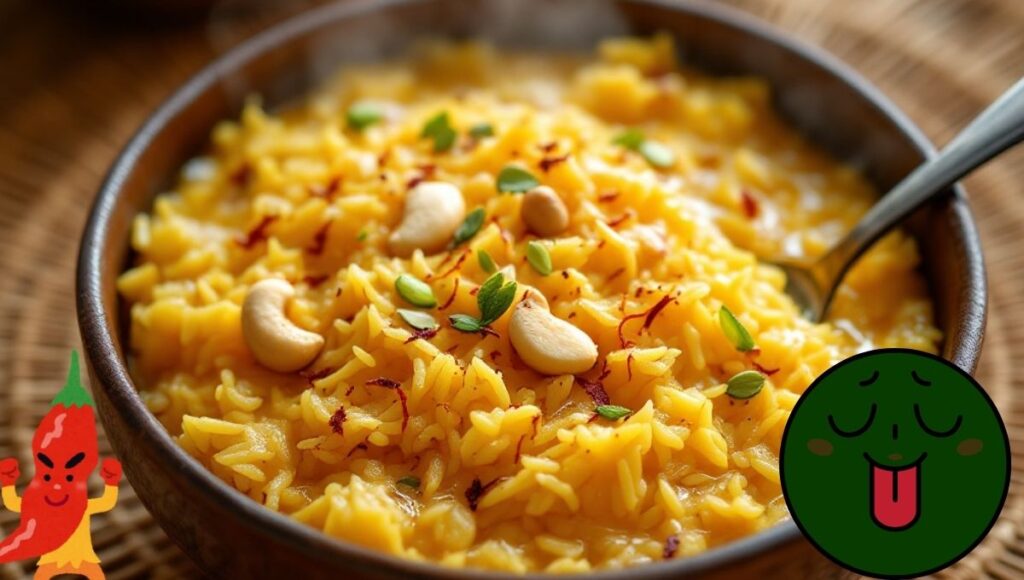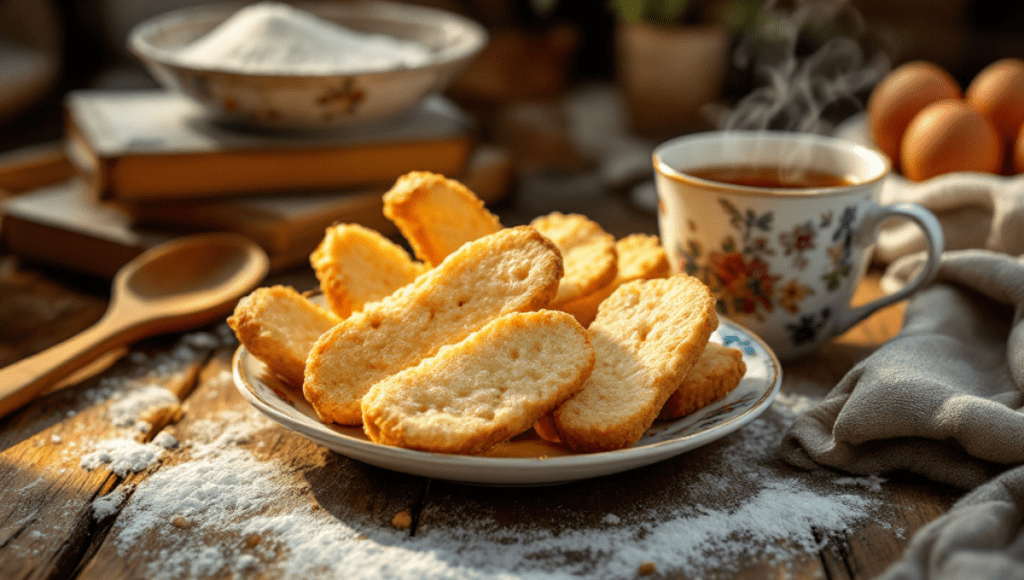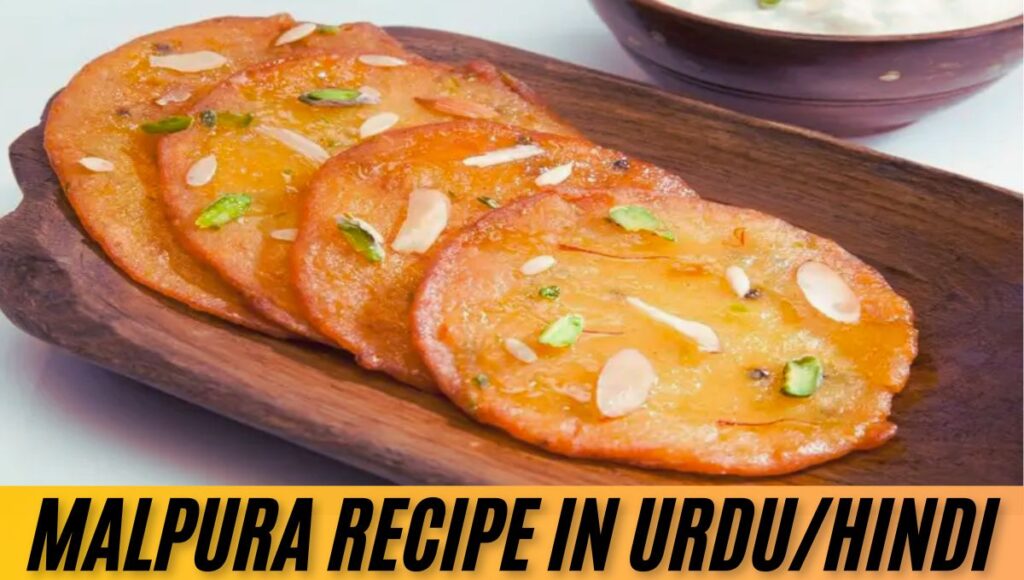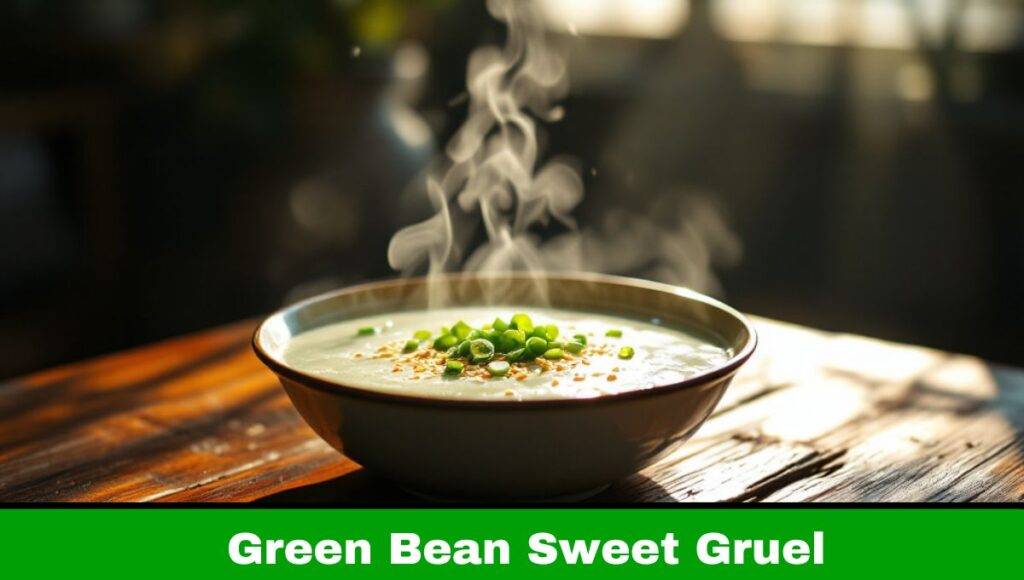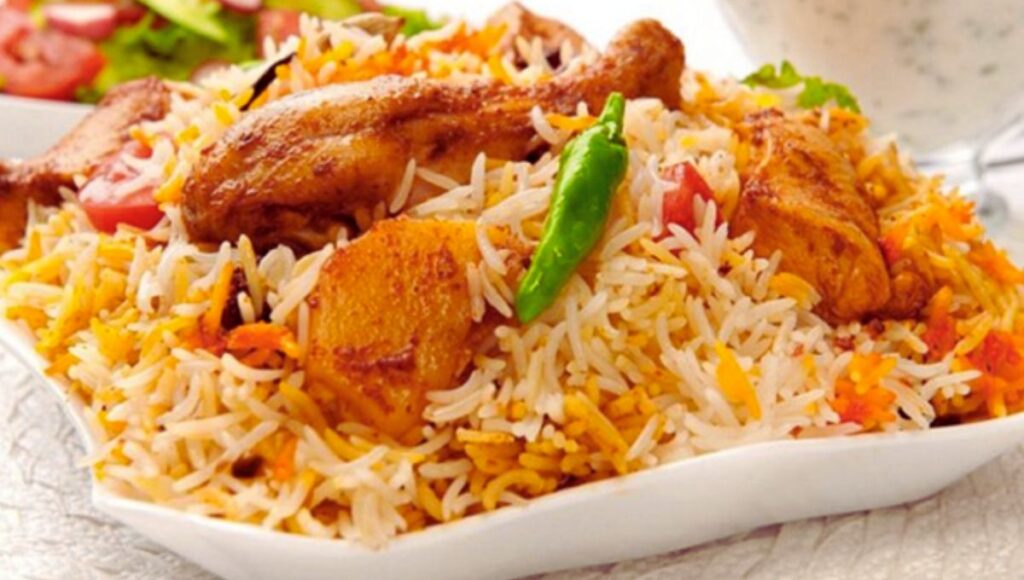Sweet Pongal, also called in Sakkarai Pongal, is a finger-licking treat south-side traditional dish that iss easy to make. Many relish the pudding sugar during festivities like Pongal and the harvest festival; it is an age-old dish. Believed to be made from rice, moong dal, jaggery, and the fragrance of spices, it comes to shine through a seamless blend of flavours that titillate the palates. This guide purport to make the best Sweet Pongal with all tips and adaptations for your taste, serving other ways to do it.
Understanding Sweet Pongal
Sweet Pongal is much more than a sweet dish; it is tradition. It is a sweet based on Tamil Nadu cooking, prepared during the Pongal festival for honoring the sun god and celebrating a bountiful harvest. The literal meaning of “Pongal” is “to boil over,” signifying rich and overflowing abundance. The mouth-watering delicacy Sweet Pongal speaks of the richness of South India’s culinary heritage, combining the simplest ingredients to dish up a sweet treat.
Watch Video For better Experiance
Ingredients for Sweet Pongal
To make the perfect Sweet Pongal, you’ll need the following ingredients:
- Rice: 1 cup ( preferably raw rice)
- Moong Dal: 1/2 cup (split green gram)
- Jaggery: 1 1/2 cups (grated or powdered)
- Water: 4 cups
- Milk: 1 cup
- Ghee: 1/2 cup
- Cashew Nuts: 1/4 cup
- Raisins: 1/4 cup
- Cardamom Powder: 1 teaspoon
- Saffron: A pinch (optional)
- Edible Camphor: A pinch (optional)
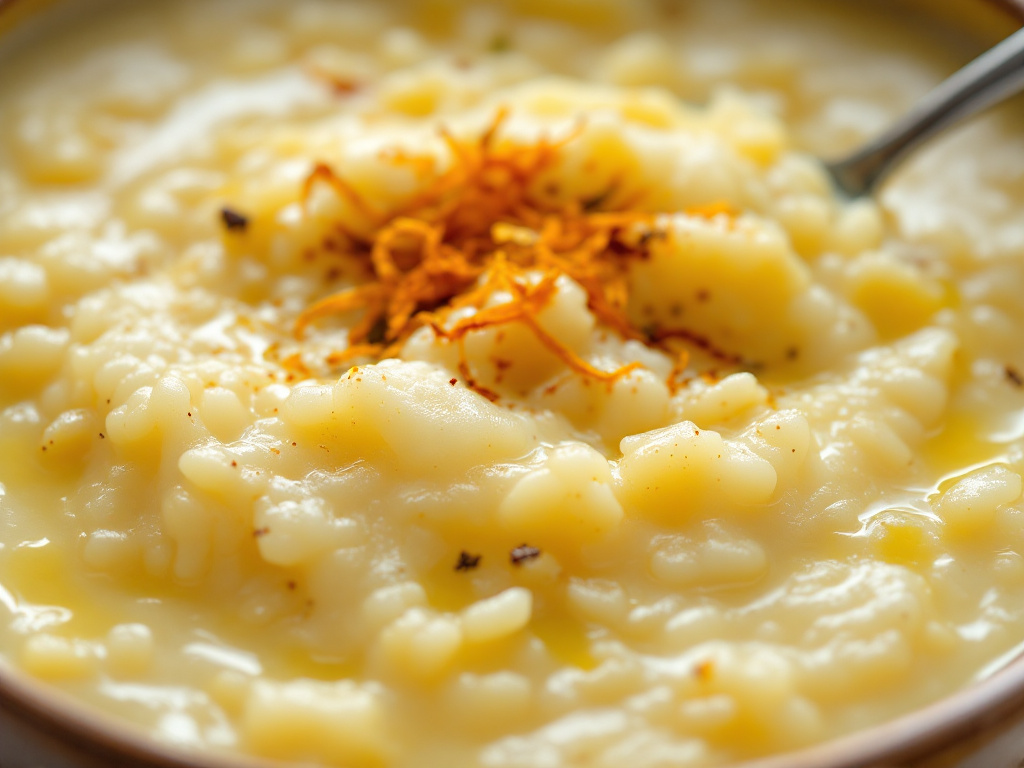
Equipment Needed
- Pressure cooker or a heavy-bottomed pan
- Mixing bowl
- Spatula
- Measuring cups and spoons
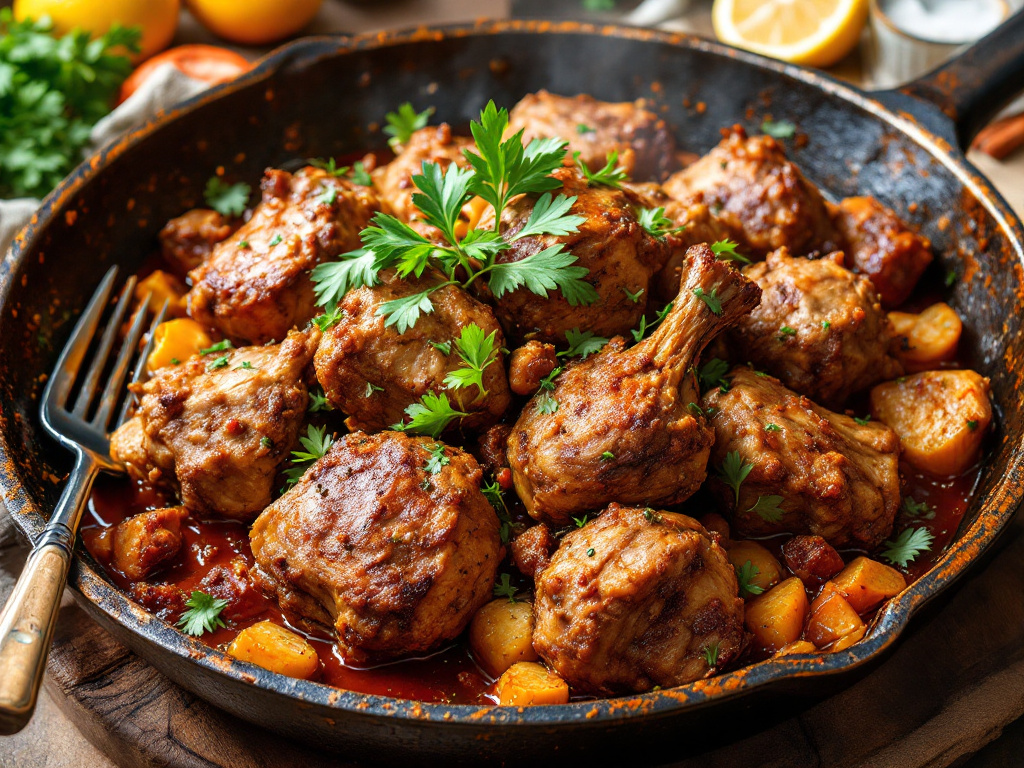
How to make food tasty
Step-by-Step Guide to Make Sweet Pongal
Follow these detailed steps to create a delicious Sweet Pongal at home:
1. Preparing the Rice and Moong Dal
- Rinse the Rice and Moong Dal: Start by rinsing the rice and moong dal thoroughly under running water to remove any impurities. Drain the water completely.
- Soak the Rice and Moong Dal: Soak the rinsed rice and moong dal in enough water for about 20-30 minutes. This helps in reducing the cooking time and ensures that the grains cook evenly.
2. Cooking the Rice and Moong Dal
- Pressure Cooker Method:
- Add the soaked rice and moong dal to a pressure cooker.
- Pour in 4 cups of water and 1 cup of milk. Stir well to combine.
- Cook on high heat until the first whistle sounds, then cover the pressure cooker.
- Reduce the heat to low and let it cook for another 10-12 minutes.
- Switch off the heat and let the pressure drop on its own.
- Stovetop Method:
- If you prefer not to use a pressure cooker, you can cook the rice and moong dal in a heavy-bottomed pan.
- Add the soaked rice and moong dal to the pan along with 4 cups of water and 1 cup of milk.
- Bring the mixture to a boil, then reduce the heat to low and let it simmer until the rice and moong dal is cooked and the mixture thickens. This may take about 25-30 minutes.
3. Preparing the Jaggery Syrup
- Melt the Jaggery: In a separate pan, melt the grated or powdered jaggery with about 1/2 cup of water over medium heat. Stir continuously until the jaggery dissolves completely and forms a syrup.
- Strain the Syrup: Strain the jaggery syrup through a fine sieve to remove any impurities. This step ensures that your Sweet Pongal has a smooth and consistent texture.
4. Combining the Ingredients
- Add the Jaggery Syrup: Once the rice and moong dal are cooked, add the strained Jaggery syrup to the pressure cooker or pan. Stir well to combine all the ingredients.
- Cook Until Thickened: Continue to cook the mixture over medium heat, stirring occasionally, until it thickens to a pudding-like consistency. This may take about 10-15 minutes.
5. Adding the Aromatics
- Temper the Spices: Heat 2 tablespoons of ghee in a small pan. Add the cashew nuts and raisins, and fry until the cashews turn golden brown and the raisins puff up.
- Add the Spices: Add the cardamom powder, a pinch of saffron (if using), and a pinch of edible camphor (if using) to the ghee. Stir well to combine.
- Pour into the Pongal: Pour the tempered ghee mixture into the Sweet Pongal and stir well to combine all the flavors.
6. Final Touches
- Add Remaining Ghee: Add the remaining ghee to the Sweet Pongal and give it a final stir. The ghee enhances the richness and aroma of the dish.
- Serve: Transfer the Sweet Pongal to a serving bowl and garnish with a few fried cashews and raisins. Serve warm or at room temperature.
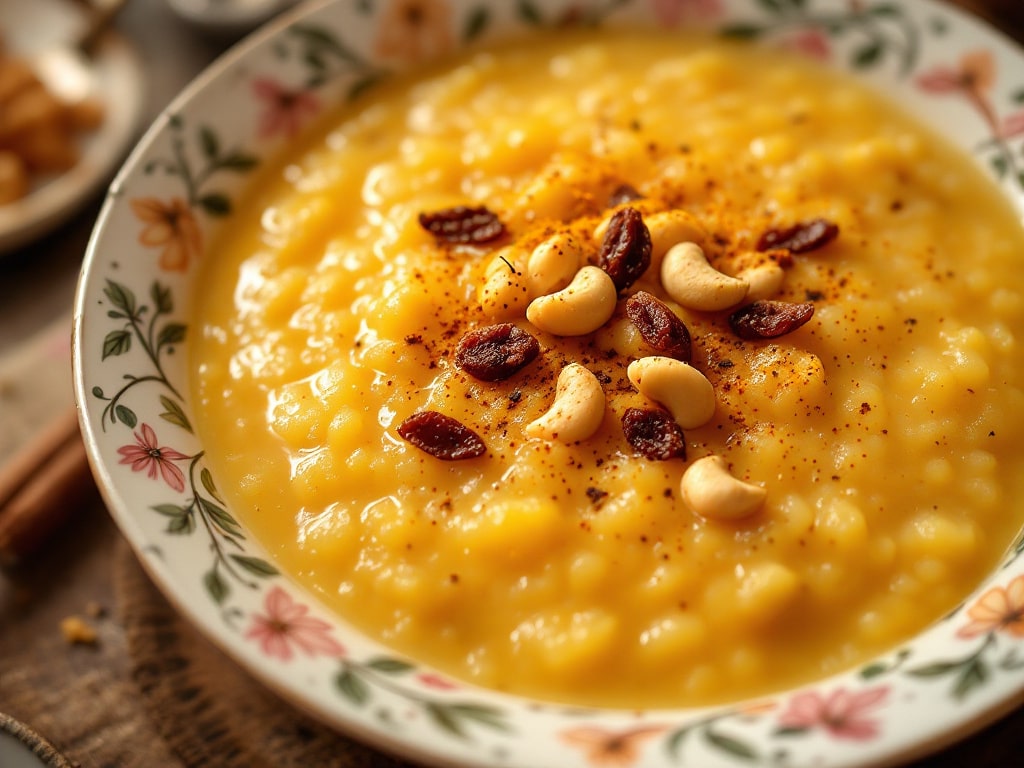
Tips for Making the Perfect Sweet Pongal
Creating the perfect Sweet Pongal requires attention to detail and a few helpful tips:
1. Choosing the Right Ingredients
- Rice: Use good-quality raw rice for the best results. Basmati rice can also be used, but raw rice gives a better texture.
- Moong Dal: Ensure that the moong dal is fresh and free from impurities. Split green gram is commonly used, but you can also use whole moong dal.
- Jaggery: Opt for good-quality jaggery that is free from impurities. You can use grated or powdered jaggery, but grated jaggery tends to melt more evenly.
2. Cooking Techniques
- Soaking: Soaking the rice and moong dal helps in reducing the cooking time and ensures even cooking.
- Pressure Cooking: Using a pressure cooker speeds up the cooking process and helps retain the nutrients.
- Stirring: Continuous stirring while adding the jaggery syrup prevents the mixture from sticking to the bottom of the pan and ensures even cooking.
3. Adding Flavors
- Ghee: Generously using ghee adds richness and enhances the aroma of the Sweet Pongal.
- Spices: Cardamom powder, saffron, and edible camphor add a delightful aroma and flavor to the dish. Adapt the amounts to your personal tastes.
- Nuts and Raisins: Fried cashews and raisins add a crunchy texture and sweetness to the Sweet Pongal.
Variations of Sweet Pongal
While the traditional Sweet Pongal recipe is delightful, you can experiment with variations to suit your preferences:
1. Vegan Sweet Pongal
- Replace Ghee with Coconut Oil: For a vegan version, replace ghee with coconut oil. The coconut oil will add a subtle coconut flavor to the dish.
- Use Plant-Based Milk: Instead of regular milk, use almond milk or coconut milk for a dairy-free option.
2. Healthier Sweet Pongal
- Reduce Jaggery: If you prefer a less sweet version, reduce the amount of jaggery used. You can start with 1 cup of jaggery and adjust to taste.
- Add More Nuts: Increase the quantity of cashews and add other nuts like almonds or pistachios for added nutrition and crunch.
3. Fruit-infused sweet Pongal
- Add Fruits: Incorporate fruits like bananas, apples, or pineapples into the Sweet Pongal for a fruity twist. Add the chopped fruits along with the jaggery syrup and cook until the mixture thickens.
- Fruit Puree: You can also blend fruits into a puree and add it to the Sweet Pongal for a smooth and flavorful variation.
Nutritional Benefits of Sweet Pongal
Sweet Pongal is not only delicious but also offers several nutritional benefits:
- Rice: Provides carbohydrates for energy and is easy to digest.
- Moong Dal: Rich in protein, fiber, and essential vitamins and minerals. It aids in digestion and helps maintain blood sugar levels.
- Jaggery: A natural sweetener that is rich in iron and minerals. It is a healthier alternative to refined sugar.
- Ghee: Contains healthy fats and is rich in vitamins A, D, E, and K. It improves immunity and facilitates digestion.
- Nuts and Raisins: Provide healthy fats, fiber, and antioxidants, contributing to overall health and well-being.
Serving Suggestions
Sweet Pongal can be enjoyed on its own or paired with other dishes for a complete meal:
- Festive Occasions: Serve Sweet Pongal during festivals like Pongal, Diwali, or any special celebration. It is a traditional offering during the Pongal festival.
- Breakfast or Dessert: Enjoy Sweet Pongal as a hearty breakfast or a delightful dessert after a meal.
- Pair with Savory Dishes: Serve Sweet Pongal alongside savory dishes like Ven Pongal (Khara Pongal) or a spicy curry for a balanced meal.
Conclusion
Sweet Pongal is an age-old delicicay celebrated widely as part of the rich cultural heritage of South India. Be it for a festival, or simply as a delightful treat, this recipe is sure to stir memories of an enticing palate. Follow stepwise procedures along with tips to seal that perfect Sweet Pongal at home with aromatic spices and sugar from jaggery. Gather all the ingredients and put on your apron, as you are now about to dive into the luscious reaches of Sweet Pongal. Happy Cooking!
additional information : click here
additional information: click here

